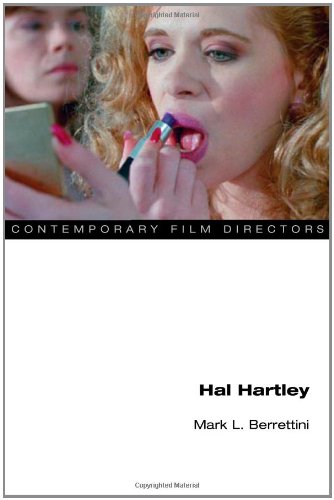

Most ebook files are in PDF format, so you can easily read them using various software such as Foxit Reader or directly on the Google Chrome browser.
Some ebook files are released by publishers in other formats such as .awz, .mobi, .epub, .fb2, etc. You may need to install specific software to read these formats on mobile/PC, such as Calibre.
Please read the tutorial at this link. https://ebooknice.com/page/post?id=faq
We offer FREE conversion to the popular formats you request; however, this may take some time. Therefore, right after payment, please email us, and we will try to provide the service as quickly as possible.
For some exceptional file formats or broken links (if any), please refrain from opening any disputes. Instead, email us first, and we will try to assist within a maximum of 6 hours.
EbookNice Team

Status:
Available0.0
0 reviewsSince the late 1980s, Hal Hartley has challenged standards of realist narrative cinema with daring narrative constructions, character development, and the creation of an unconventional visual world.
In this pioneering critical overview of his work and its cultural-historical context, Mark L. Berrettini discusses seven of Hartley's feature films, including The Unbelievable Truth, Trust, Simple Men, Amateur, Henry Fool, Fay Grim, and The Book of Life. Drawing on journalism, theories of representation, narrative and genre, and cinema history, Berrettini discusses the absurdist-comedic representation of serious themes in Hartley's films: impossible love, coincidence and human relations, extreme isolation, and the restrictions posed by gender norms.
He looks at the films' consistently absurd tone and notes how these themes reappear within framing narratives that shift from the seemingly mundane in Hartley's earliest works to the vibrantly creative and fantastic in his later films. Employing close analysis and theories related to cinematic narrative and to realism, the book's critical appraisal of Hartley's films considers aspects of American independent cinema and postwar European cinema, antirealism, and minimalism. The volume concludes with a pair of in-depth interviews with the director from two distinct points in his career.